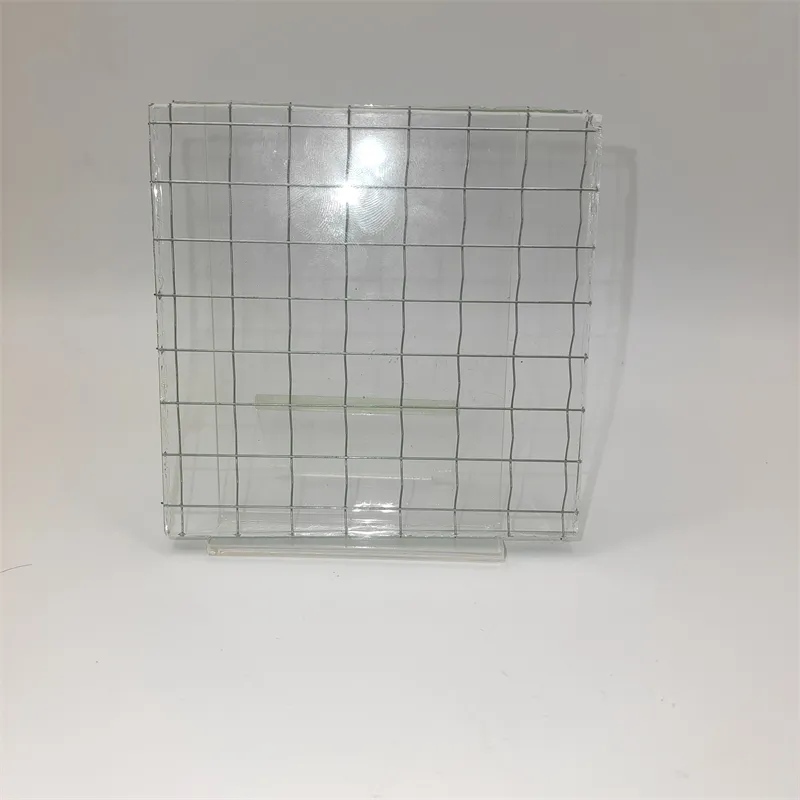Oct . 31, 2024 23:56 Back to list
Understanding Toughened Laminated Glass and Its Benefits for Safety and Durability
What is Toughened Laminated Glass?
Toughened laminated glass is a specialized type of glass product that combines two key features the strength of toughened glass and the safety benefits of laminated glass. Understanding its composition and applications offers insight into why this material is increasingly favored in various architectural and automotive contexts.
Composition of Toughened Laminated Glass
Toughened laminated glass consists of two or more layers of toughened glass that are bonded together with a layer of polyvinyl butyral (PVB) or another interlayer material. The process begins with toughened glass, which is made by heating ordinary glass to approximately 620 degrees Celsius and then cooling it rapidly—this tempering process increases its strength and thermal resistance.
After creating toughened glass, a layer of PVB is sandwiched between two sheets. This interlayer not only enhances the glass's strength but also provides safety features. If the glass were to break, the PVB interlayer holds the shards in place, preventing them from shattering into dangerous pieces.
Benefits of Toughened Laminated Glass
what is toughened laminated glass

One of the primary advantages of toughened laminated glass is its exceptional strength. It is significantly stronger than standard glass, making it less prone to breaking under stress. This strength allows it to resist impact, making it ideal for areas requiring durability, such as storefronts, glass facades, and certain automotive applications.
Additionally, the laminated aspect of this glass offers enhanced safety. In the event of a break, the interlayer keeps the glass intact, protecting individuals from injury and preventing intruders from easily entering a building. This feature is particularly important in security-sensitive environments.
Moreover, toughened laminated glass provides superior sound insulation properties. The PVB interlayer can effectively dampen sound, making it an excellent choice for buildings in noisy urban environments. It also offers UV protection, blocking harmful rays from penetrating indoors, which helps protect furniture and flooring from fading.
Applications
The versatility of toughened laminated glass enables its use in various sectors. In architecture, it is often used for safety glass in high-rise buildings, balustrades, and skylights. In the automotive industry, it is used for windshields and windows where both strength and safety are critical.
In conclusion, toughened laminated glass represents a remarkable fusion of strength and safety. Its unique properties make it an essential material in modern construction and design, catering to both aesthetic considerations and practical requirements for safety and durability.
-
Safety and Style with Premium Laminated Glass Solutions
NewsJun.24,2025
-
Reinvents Security with Premium Wired Glass
NewsJun.24,2025
-
Premium Float Glass Line for Modern Architecture
NewsJun.24,2025
-
Low Emissivity Glass for Energy-Efficient Architecture
NewsJun.24,2025
-
High-Performance Insulated Glass Solutions for Modern Architecture
NewsJun.24,2025
-
Elevates Interior Style with Premium Silver Mirror
NewsJun.24,2025
Related PRODUCTS














